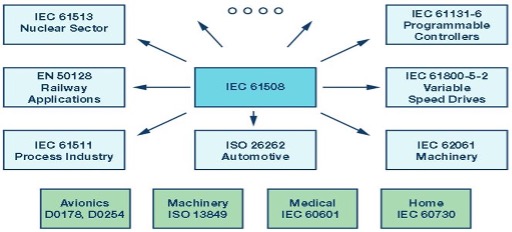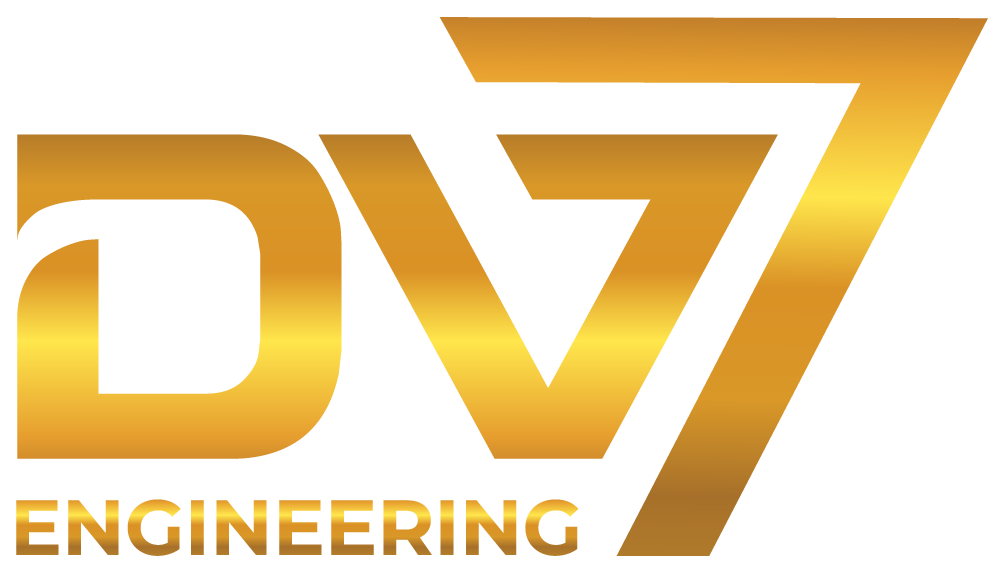Discover, Design, Develop, Verify, Validate, Document, Deploy
Designing any product is challenging, but safety and mission critical products are always an extra challenge. Even more so when the goal is to design a POC (Proof of Concept) AND product roadmap for the life of the product. This will ensure that costs are known, and profits sustainable. Understanding that it will have functionality added later is typical, but the exact functionality may not be known in the initial design phase. These added features will be driven by market conditions, technology among others.
In this white paper, we will explore some of the challenges associated with designing such a product and offer some suggestions on how to overcome them and tell you about the new safe and highly efficient groundbreaking way DV7 handles these challenges, and more.
First, let’s begin by defining critical products;
Safety critical
Comprises everything (hardware, software, and human aspects) needed to perform one or more functions, in which failure would cause a significant increase in the safety risk for the people or environment involved. These will be further categorized into risk levels from high to low, examples;

Mission Critical
A mission critical product or system is any factor (component, equipment, personnel, process, procedure, software, etc.) that is essential to business operation or to an organization. Failure or disruption of mission critical factors will result in serious impact on business operations or upon an organization, and even can cause social turmoil and catastrophes.
One of the biggest challenges associated with designing a safety critical product proof of while planning for future functionality, is ensuring that the product will remain safe throughout its lifespan. This goes hand in hand with ensuring that the product will continue to meet regulatory requirements throughout its lifespan. This can be a particular challenge if regulatory requirements change over time, and they do…and quickly. One way to overcome this challenge is to design the product, particularly the software using modular methods that will allow it to be easily updated as regulatory requirements change.
This method, which DV7 prescribes to and has built a process around, eliminates most, if not all technical debt. * We will discuss the break though DV7 Way at the end.
A final challenge that must be considered when designing a safety critical product proof of concept for the short-term knowing functionality will be added later is ensuring that the product will be easy to maintain, upgrade and repair over time. This can be a particular challenge if the product contains complex mechanisms or systems that may require special tools or expertise for maintaining, such as tool chains and testing suites. One way to overcome this challenge is to design the product using simple modular methods that will allow it to be easily upgraded and allow for minimal regression testing. If the hardware and especially the software is not modular in nature, this is where technical debt becomes detrimental to the life of the product and the business itself. If the code is not modular, when you want to upgrade a particular function, this might touch other areas of the system meaning those other areas now need to be included in the regression testing. Keeping the system modular would eliminate this, and allow for quick, efficient, and low-cost regression testing, helping keep the product costs under control and profitability at a maximum.
The DV7 Way
DV7 Engineering has created a process and a framework “The DV7 way” from scratch, built upon decades of experience that addresses critical product development and more.
The Process: Discover · Design · Develop · Verify · Validate · Document · Deploy
It is the most efficient way that has ever been created to handle the PDLC or SDLC for products in industries such as avionics, aerospace, and medical devices. The DV7 Framework works within the higher-level process and lays out all paths for the development of the hardware and the software. You spend time designing and developing and the framework guides you through the process, saving time, effort and money. This allows for much faster IV&V testing and documentation as well. For high-risk products in safety critical industries every part of the 7-step process is utilized.
But why stop there…since our process was built from the ground up, we made the process scalable. Varying parts of the 7-step process are exercised depending on need, bringing the same level of efficiency, safety and quality for other less critical applications, products, and industries.
The DV7 Way has been proven to save up to 40% on time and costs.
Click here to schedule a consultation, or go to the DV7 website contact page, mention this article and get 50% of the initial assessment costs (if needed) put towards your project.
